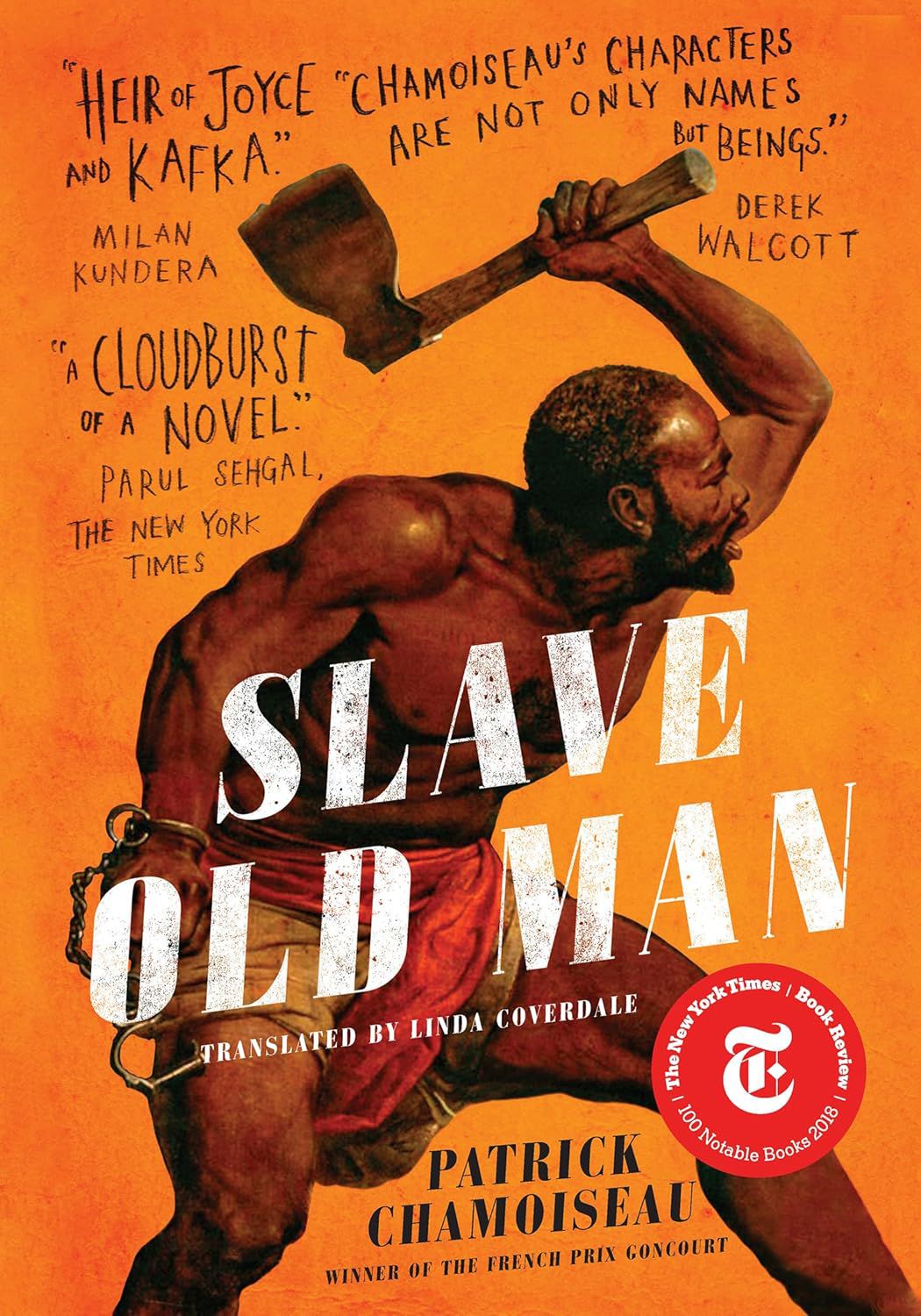Zombie Movies: The Ultimate Guide (Chicago Review Press) works as a channel to bring like-minded enthusiasts together. You can read between the lines to discern that the author, Glenn Kay, had an emotionally charged time spending red-eyed nights reviewing almost every zombie film in existence. He gives special credit to Night of the Living Dead (1968) for reviving zombie films in general, and midnight horror shows in particular, to this day.
The author also credits the book The Serpent and the Rainbow (1988) as “a much needed reminder of where the Zombie came from.” What he means is that the earliest zombie movies of the 1930s were historically accurate, at least in that they took place in Haiti and their principal characters were exploited on the coffee or sugar plantations. By the 1960s, the definition of zombie came to mean a more generic living-dead, sometimes flesh-eating, sometimes possessing other stomach-turning traits, but seldom viewed within a larger social context.
I missed the film version of The Serpent and the Rainbow, but I did read the memoir by Wade Davis, who was disgusted by the way his book was portrayed onscreen and retreated to Borneo, mortified. I’m not sure what he expected, as Wes Craven was the film’s director. In all fairness, a non-fiction work like The Serpent and the Rainbow would be challenging to translate to screen, especially when sensationalism is the thing that sells. There’s no question that by the 1990s, zombie films were once again being given a more thought-provoking treatment. This renewed sensibility, in the words of Steve Newton, writing in the Georgia Straight, deserves credit “for bringing braininess to the zombie genre—as opposed to just brain eating.”
Two films that did not make it to Kay’s checklist are Ubaldo Ragona’s Last Man on Earth with Vincent Price (1964) and Herk Harvey’s Carnival of Souls with Candace Hilligoss (1962). These two masterpieces must have influenced the author’s hero, George Romero. Both films include chilling scenes in which the undead pursue and surround the main character—Romero repeatedly paid homage to these in Night of the Living Dead.
Less subjectively, I noted three factual errors on Kay’s part, which I’ll mention for other aficionados. First, in his mention of Robot Monster (1953), he says the monster’s getup is a gorilla suit and a robot head, but upon closer inspection, it’s a gorilla suit and a diver’s helmet, an observable distinction. Second, he says William Castle’s last film was Shanks (1974), but in fact Castle made one more film, Bug (1975). (That’s a shame, too, for Castle’s oeuvre may have been more impeccable had he stopped at Shanks.) Finally, he says Rabid was David Cronenberg’s second film, after Frissons, but Cronenberg completists out there will know that Rabid was actually his fourth film (Stereo and Crimes of the Future were the first two).
Apart from these hypercritical points, Zombie Movies, with its contagious passion and extensive research, is entitled to top rating.








